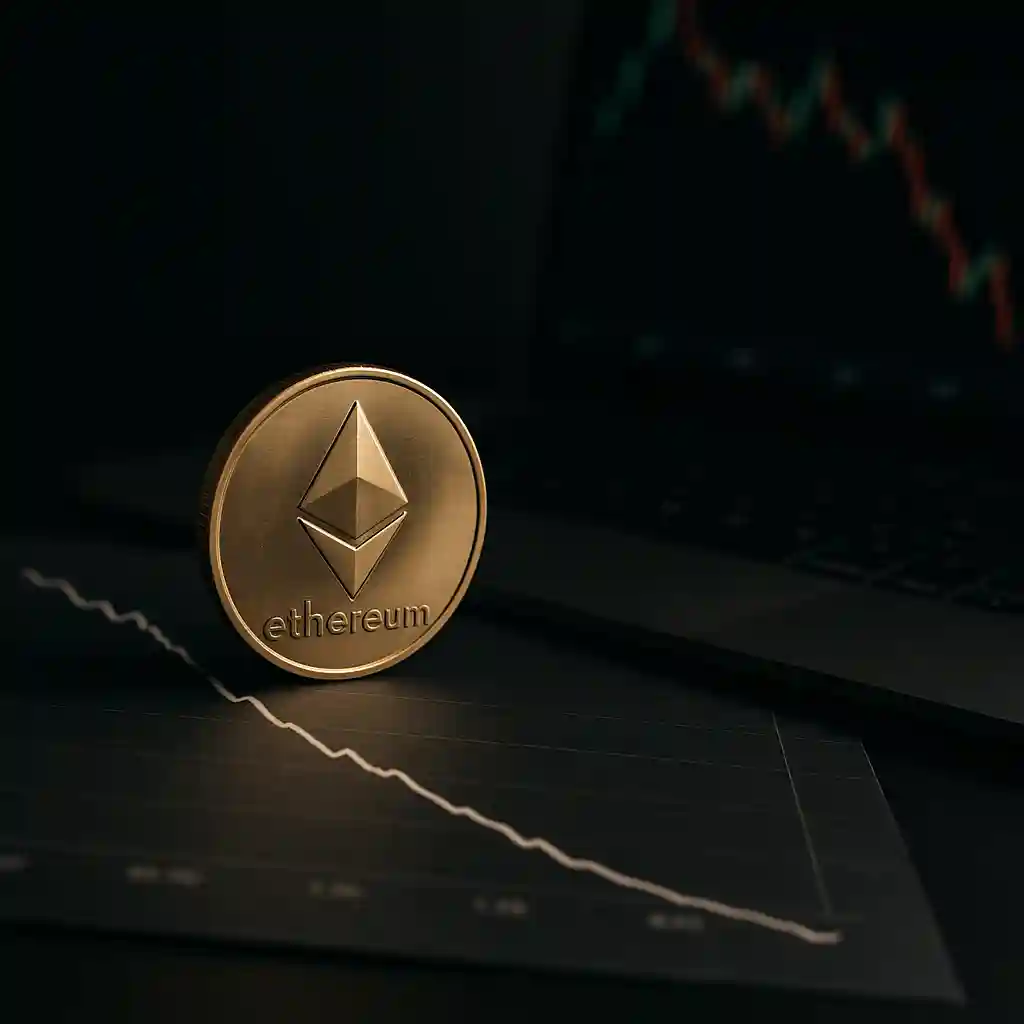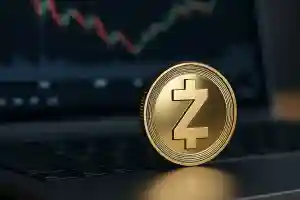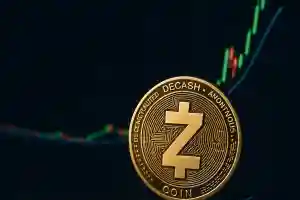Ethereum's Price Faces Crucial Turning Point as Network Profitability Hits Cycle Low
 23 Nov 25
23 Nov 25
Ethereum Poised for Price Bottom as Network Losses Deepen
Ethereum, the leading smart contract platform, is experiencing intensified bearish pressures, which has led to increased speculation about a potential bottom formation for its native token, ETH. Fresh on-chain data now indicates that a significant number of Ethereum holders are grappling with unrealized losses, a classic sign that has historically preceded a reversal in the asset's price trajectory.
On-Chain Indicators Signal Mounting Losses
Recent analyses spotlight the "Net Unrealized Profit/Loss" (NUPL) metric, a tool that measures the degree of profit or loss among Ethereum investors by comparing the current market value of ETH holdings to their on-chain cost basis. A negative NUPL value reflects that, on average, holders are underwater, while a positive reading suggests prevailing paper profits.
Current State of Ethereum's NUPL
Based on the latest market data, Ethereum’s NUPL has slipped decisively into negative territory, reaching depths not seen since late 2022. This shift indicates the typical ETH holder now possesses positions at a loss, amidst a persistent downturn in the broader crypto market. Historically, such conditions have often signaled capitulation phases—periods where weaker hands exit the market, paving the way for eventual recoveries.
Price Analysis and Historical Context
Ethereum’s decline comes after the cryptocurrency failed to sustain momentum above crucial support levels in recent weeks. At the time of analysis, ETH trades below $2,000, having steadily declined from yearly highs earlier in 2024.
Comparisons to Previous Cycle Bottoms
Historical patterns show that negative NUPL values for Ethereum have coincided with, or just preceded, local market bottoms. For instance, in the aftermath of the FTX collapse in November 2022, ETH’s NUPL plunged deeply negative before the asset bounced back above $2,000 in the subsequent months. Market watchers are closely monitoring whether current conditions might set the stage for a similar reversal.
Investor Sentiment Turns Bearish
The prevailing atmosphere among Ethereum traders and holders is one of caution, with many expressing concern over fading bullish catalysts and increasingly bearish technical formations. While ETH’s underperformance is partly attributed to general market weakness, the pronounced network-wide losses, as measured by NUPL, have amplified fears of further declines.
Capitulation and Recovery Scenarios
Periods of negative NUPL are often interpreted as moments of "capitulation," when a large share of investors lock in losses, selling under duress. Historically, these events shake out speculative excess and lay the groundwork for a healthier market recovery, provided broader economic conditions and market sentiment eventually turn favorable.
What Could Signal an Ethereum Rebound?
For Ethereum to mount a sustained recovery, analysts suggest two key prerequisites: signs of stabilization in the NUPL metric and a return of buying interest from both retail and institutional players. Additionally, a clear move back above major technical resistance levels—most notably the $2,000 psychological mark—would likely boost confidence among sidelined participants.
Potential Catalysts for a Price Turnaround
Despite recent weakness, Ethereum retains several long-term growth drivers, including ongoing upgrades to its technology stack and burgeoning activity in the decentralized finance (DeFi) and NFT sectors. However, for these fundamentals to positively impact price, the current phase of network-wide losses needs to bottom out, restoring optimism and risk appetite.
Broader Market Implications
Ethereum’s price struggles are emblematic of a wider malaise affecting digital assets in mid-2024. Bitcoin, the bellwether cryptocurrency, has also faced increased selling pressure, and declining risk sentiment has led to capital outflows across the crypto complex. As one of the most influential blockchain ecosystems, Ethereum’s eventual stabilization—or continued decline—will likely shape the trajectory for the wider market.
Conclusion
With Ethereum’s unrealized losses deepening to cycle lows, on-chain analytics point to a possible inflection point for the asset. If historical trends repeat, the current landscape of widespread losses could give way to a market bottom, potentially setting the stage for recovery. Investors will now look to key technical levels and continued on-chain data for signs of renewal in one of crypto’s most vital assets.



















